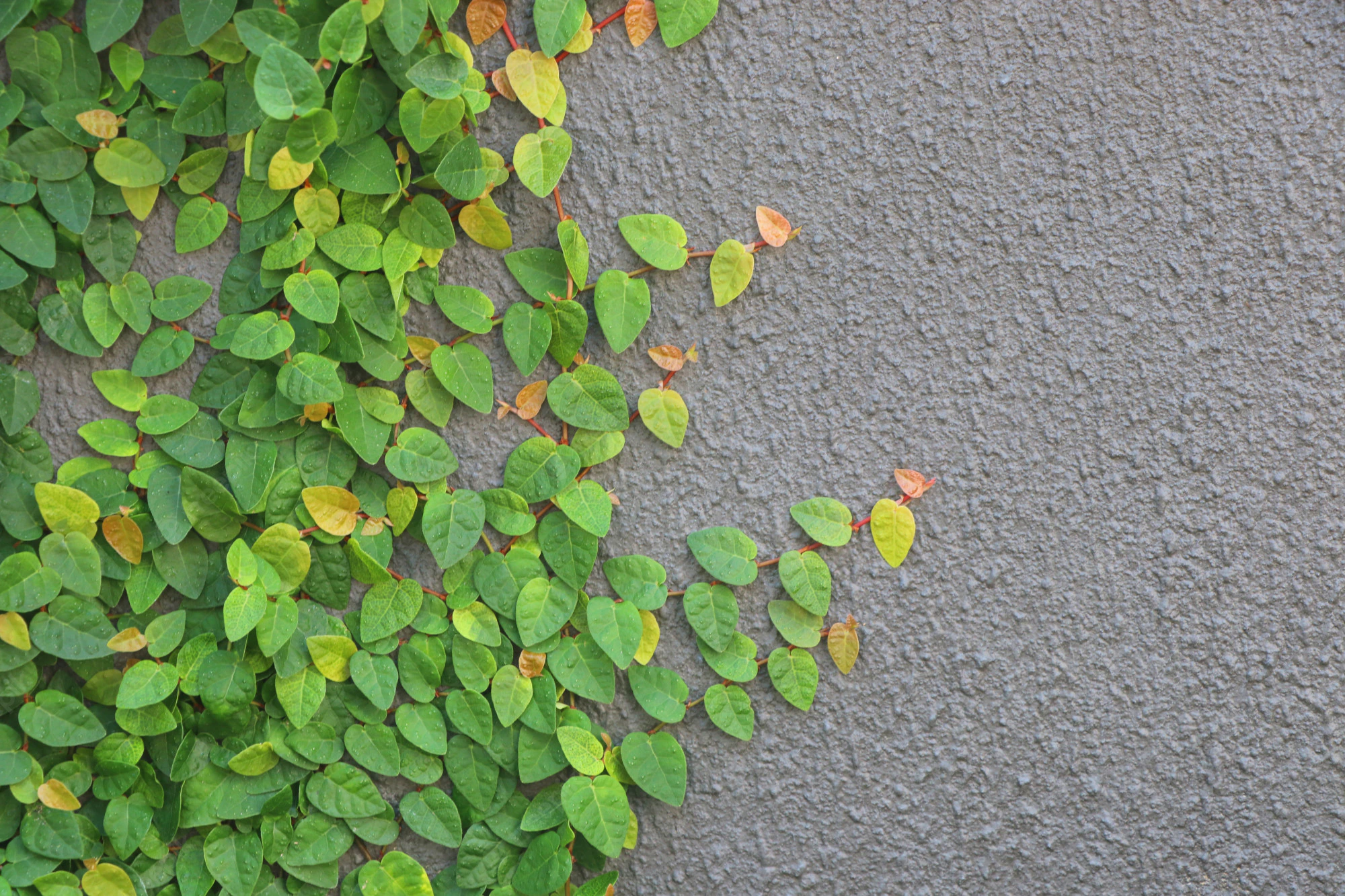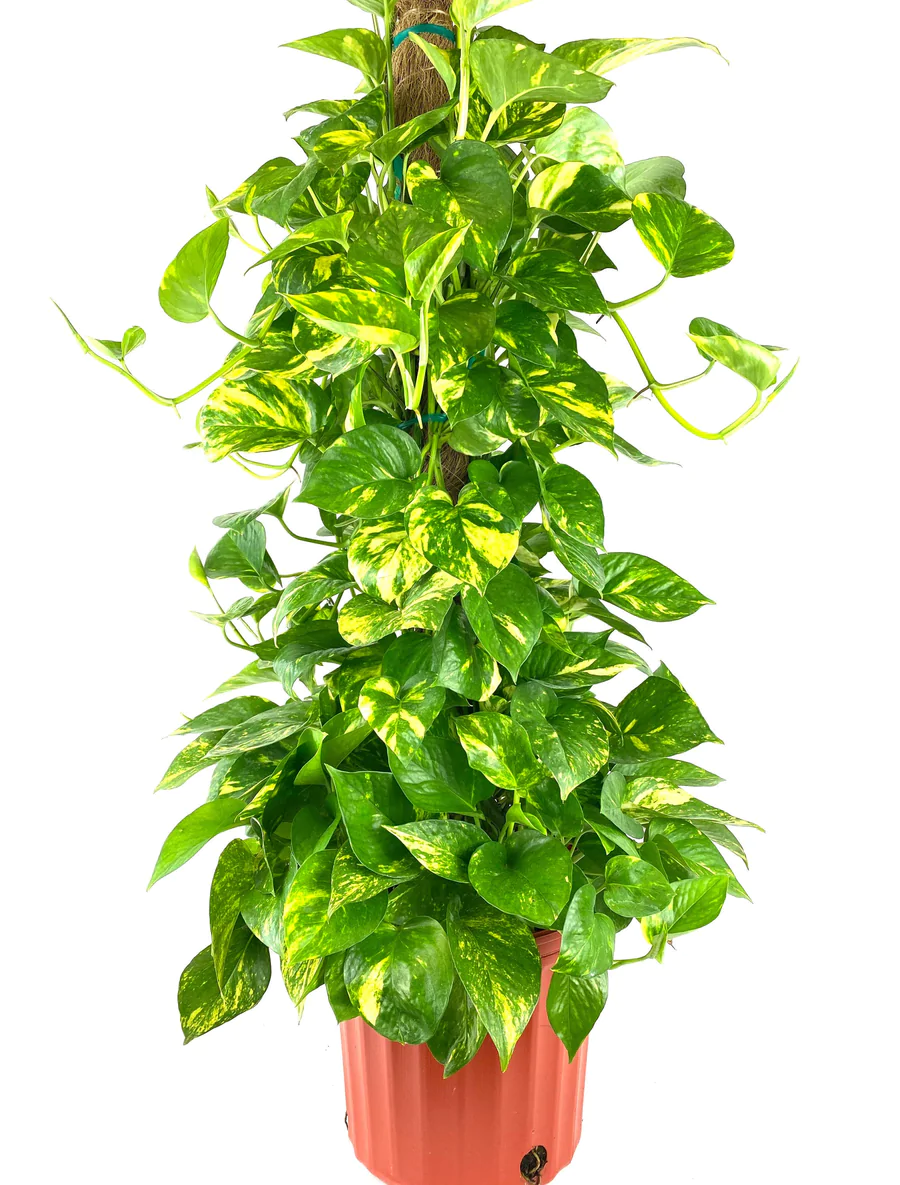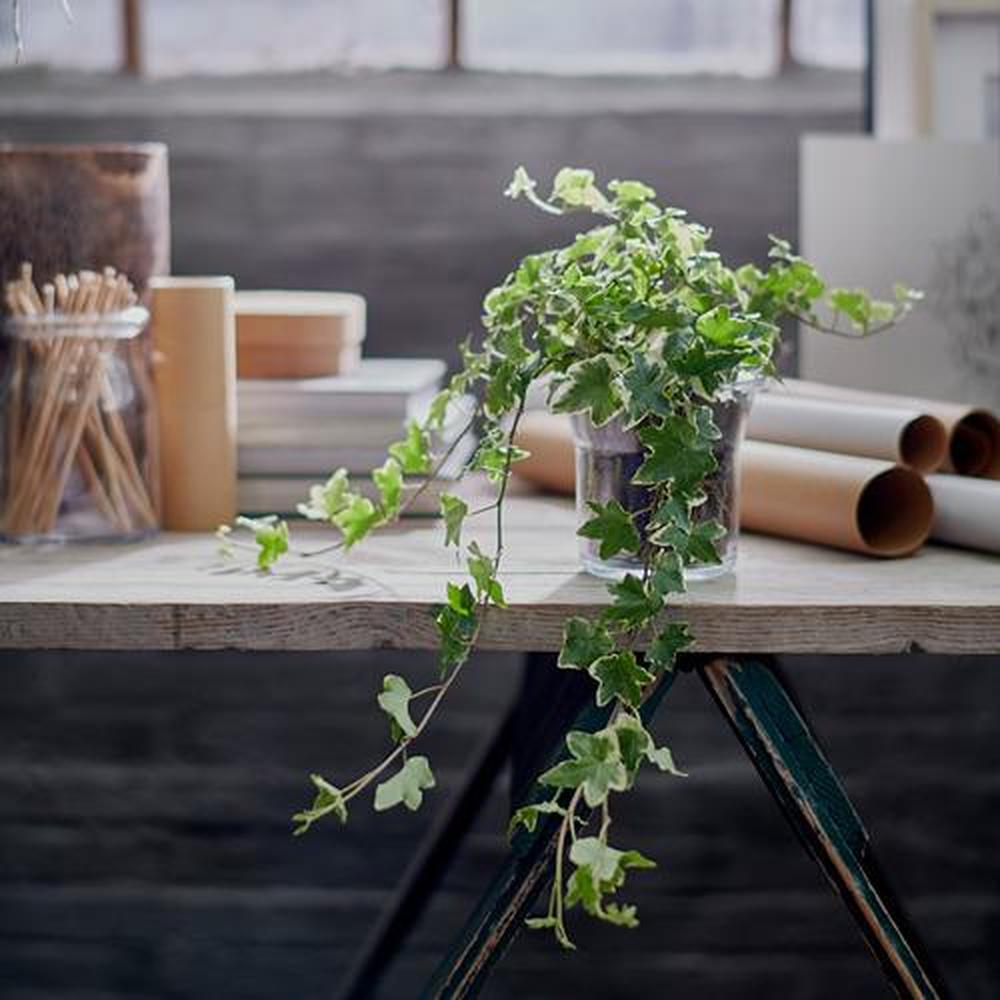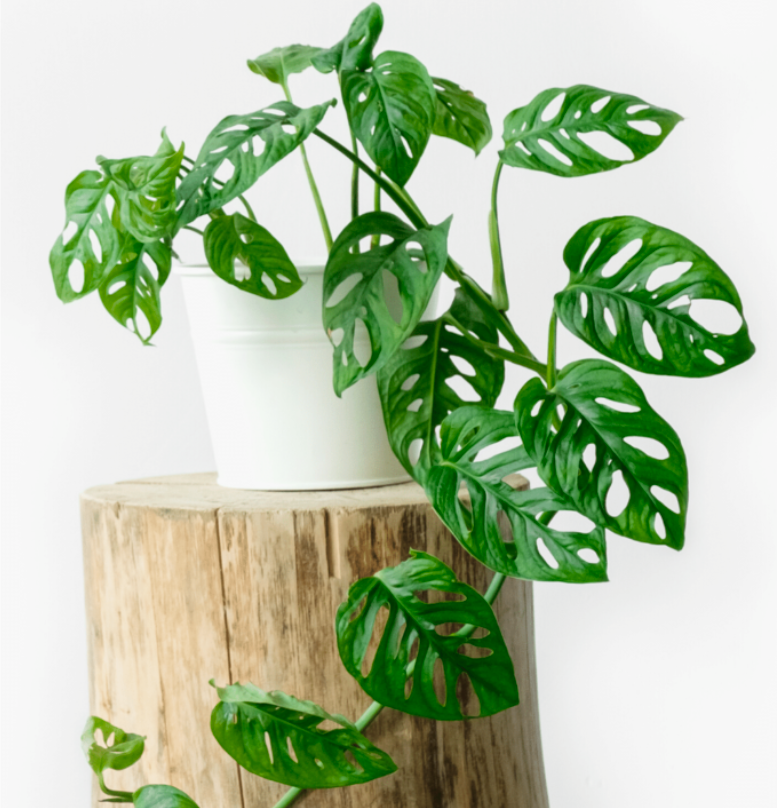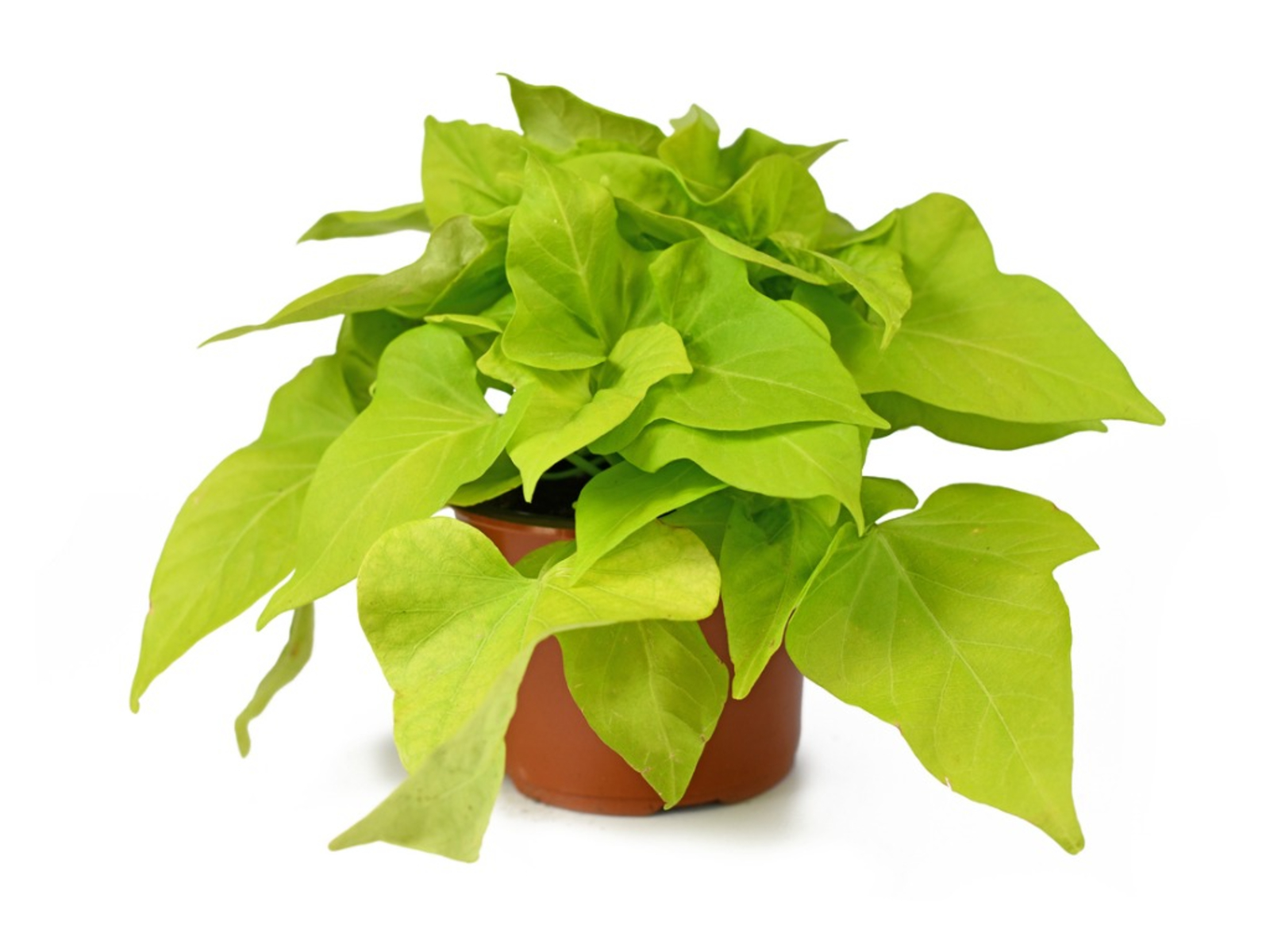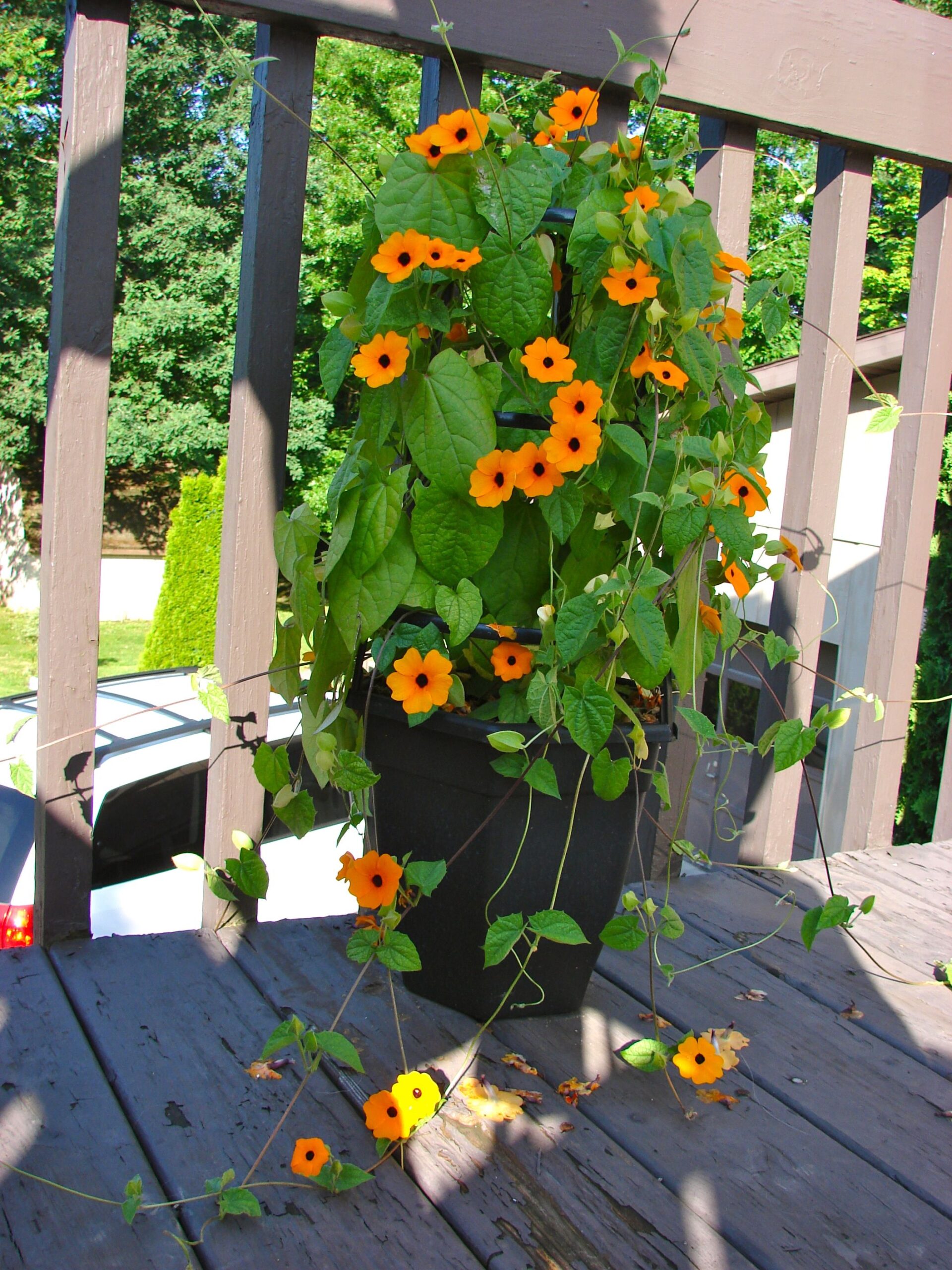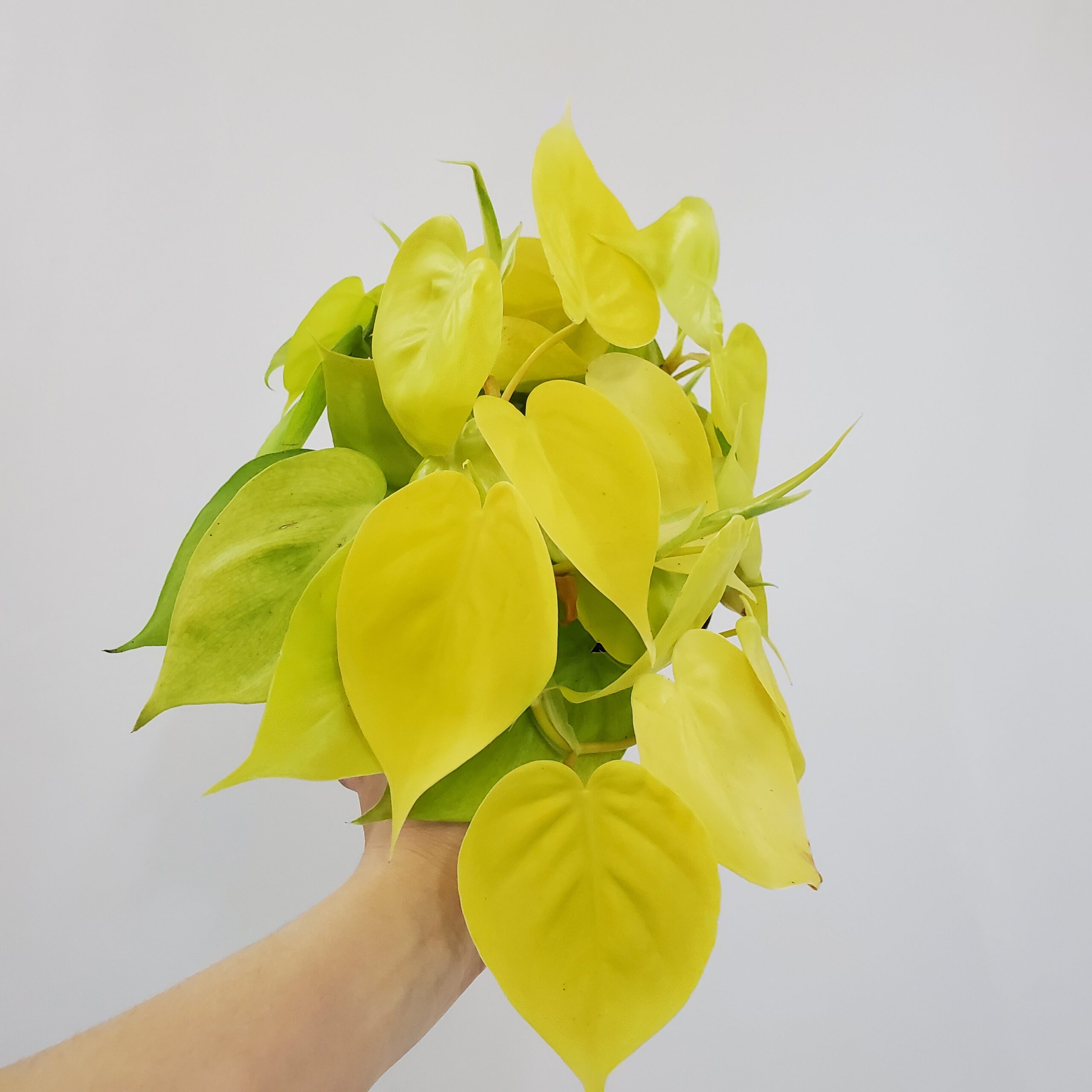Indoor climbing plants can be an effective way to add nature to your home. Climbing plants are the quickest option to create a jungle vibe inside any building. It is because this type of plant can cover both vertical and horizontal spaces in your home which are still empty. Not to mention the aesthetic look it gives.
There are numerous plant ideas that you can apply in your home to create a vertical garden. You can go with the simple things like using hanging baskets to grow the plants or putting the climbing plants on top of the high self. Using a trellis to support the plants also can add texture to your indoor decorations.
8 Best Indoor Climbing Plants
If you plan to create an urban jungle inside the buildings, you can consider some of the following climbing plants to grow.
1. Ficus pumila
Ficus pumila is a climbing plant that is also popularly known as a creeping fig. The characteristic of this plant is the long vines with densely crowded leaves even though it grows indoors. That’s why it becomes the best choice if you want to add greenery inside the home. The young plant tends to grow slowly.
However, as it gets older, the growth turns to be faster and more heartily. Although creeping fig requires low maintenance, you need to ensure that the plant receives bright and diffused light. It also prefers moderately moist conditions throughout the year so you need to let the soil dry amid waterings.
Also read: Plants that Need No Light
2. Epipremnum aureum
Epipremnum aureum becomes one of the common indoor climbing plants to grow due to its easy maintenance and satisfying growth. Popularly known as Golden Pothos, this plant is quite different from its other counterparts since it can survive in any condition. It is a special quality for a houseplant.
If you want this plant to grow optimally, you can place them in the area where it gets bright yet indirect sunlight. When the topsoil starts to dry, you need to water it. Golden Pothos also often show some signs of the need for regular watering if it begins to droop and curl inwards.
3. Hedera helix
Hedera helix which is popular as English Ivy sometimes can be invasive when it grows outdoor. However, it can be a fascinating houseplant if you take care of it properly and keep it under control. This plant needs very easy maintenance and grows optimally in shaded environments.
Hence, if there is any space in your home that receives less sunlight but you want to make it greener, you can plant English Ivy in that area. Once you see that the soil is dry, it means this plant requires more frequent watering. The young plant prefers humid conditions and you can keep it misting.
Also read: Tropical Foliage Plant
4. Monstera adansonii
Monstera adansonii is one of the indoor climbing plants that currently become a favorite of many people. Besides its beautiful leaves, this plant also needs low maintenance. All you have to do is maintain the moisture and humidity so it provides a good condition for this monster variety to grow.
It can be done by misting the plant regularly when the air becomes dryer such as in the winter. The soil should also be moist without turning soggy. Known by another name as the Swiss cheese plant, it is native to South and Central America. It can grow between 3 to 8 feet indoors when receiving bright light.
5. Ipomoea batatas
Ipomoea batatas serve as a good option for beginners who want to grow indoor climbing plants as it doesn’t need difficult caring and grow eagerly. Also widely known as Sweet potato vine, it can grow well in moist soil and gets bright yet indirect light. It usually needs regular watering but it fairly survives a drought.
Hence, you can leave it for a few days without water. Since its foliage grows fast, this plant needs to receive regular pruning to avoid overgrowing. Sweet potato vine belongs to a type of plant that can be easily propagated so you can cut the plant and grow some of those parts in other areas in your home.
Also read: Large Leaf Indoor Plant
6. Thunbergia alata
If you want to grow indoor climbing plants that can produce flowers, Thunbergia alata is the right option. The plant which is often called a black-eyed Susan vine can be a gorgeous and fascinating natural decoration if it receives full sunlight. You should maintain the temperature so it doesn’t go under 600F.
It needs occasional watering to keep the soil moist. Doing so will encourage its orange flowers to bloom in the winter. Some varieties of this plant might produce different solid-colored flowers. Since it belongs to fast-growing plants, Thunbergia alata requires frequent pruning to keep it manageable.
7. Philodendron hederaceum
Philodendron hederaceum serves as one of the indoor climbing plants that can be a statement to your house. It is due to the distinctive yellowish green color on its leaves that looks fresh and beautiful. No wonder people also call this plant Lemon Lime Philodendron.
Moreover, it just grows well anywhere you put it at home.It can survive in lower light and show slower growth compared to other climbing plants.
Amid waterings, make sure to let the top few inches of the plant dry. Patchy leaves might appear and you can remove them through regular pruning to keep the overall plant remains healthy and its foliage staying dense.
8. Pilea peperomioides
Another climbing plant that needs low maintenance and is perfect for indoors is Pilea peperomioides. The characteristics of this plant are its small size and cute circular leaves. The leaves that look like coins make people call it a Chinese money plant. It can grow well when you place it under bright and indirect light.
It will be better if you keep the soil dry almost totally amid watering. However, you also need to be aware when this plant needs more watering such as when you notice it begins to curl or move inwards.
Any indoor climbing plants can be a great addition to your indoor space as long as they receive proper care. Hence, you need to consider the characteristics of the plants to choose the best one.
